One year after autologous fat breast augmentation, nodules may appear, which may be related to fat liquefaction, fibrosis, calcification, or infection, and need to be treated according to specific circumstances. The formation of fat nodules is usually related to factors such as fat survival rate, surgical techniques, postoperative care, etc. It is recommended to clarify the diagnosis through imaging examination and take corresponding treatment measures according to the nature of the nodules.
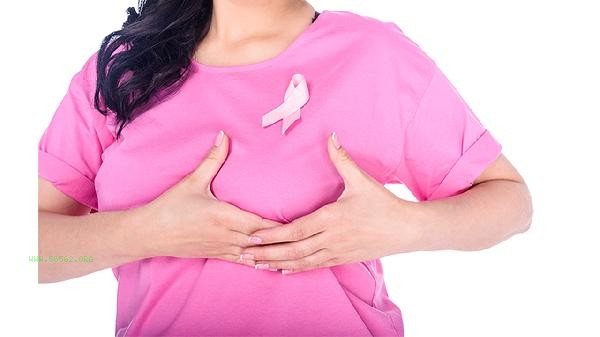
1. Fat liquefaction is a common phenomenon after autologous fat breast augmentation, where some fat cells fail to survive, leading to fat necrosis and the formation of cystic nodules. This condition usually manifests as a local hard mass, and there may be slight pain when pressing. It can be confirmed through ultrasound examination. If the nodule is small and asymptomatic, it can be temporarily observed; If the nodule is large or causes discomfort, it may require puncture aspiration or surgical resection.
2. Fibrosis is a normal process of tissue repair after fat transplantation, but excessive fibrosis may lead to induration. This situation is more common in patients with improper postoperative care or poor local blood circulation. It is recommended to promote blood circulation through physical therapies such as hot compress and massage. If nodules persist, medication to soften fibrous tissue or surgical intervention may be considered.

3. Calcification is another manifestation of fat necrosis, usually caused by the deposition of calcium salts after adipocyte death. Calcified nodules appear as high-density shadows on imaging and generally do not require special treatment. However, if the calcified area is large or causes discomfort, surgical resection can be performed.
4. Infection is a more serious complication after surgery, which may lead to necrosis of adipose tissue and the formation of abscesses. Infectious nodules are usually accompanied by symptoms such as redness, swelling, pain, and fever, and require timely medical treatment with antibiotics or surgical drainage. The key to preventing the formation of fat nodules is to choose an experienced doctor for surgery, strictly follow the doctor's advice for postoperative care, and avoid behaviors such as vigorous exercise and excessive massage that may affect fat survival. If nodules are found, timely medical attention should be sought to confirm the diagnosis through ultrasound, MRI and other examinations, and corresponding treatment measures should be taken according to the nature of the nodules. The treatment of fat nodules needs to be individualized, with mild nodules observable and severe cases requiring surgical intervention to ensure safety and aesthetics.
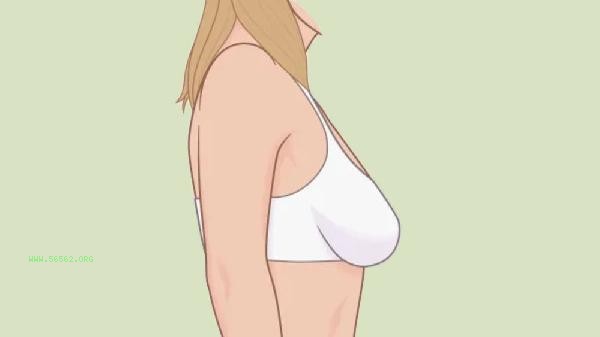

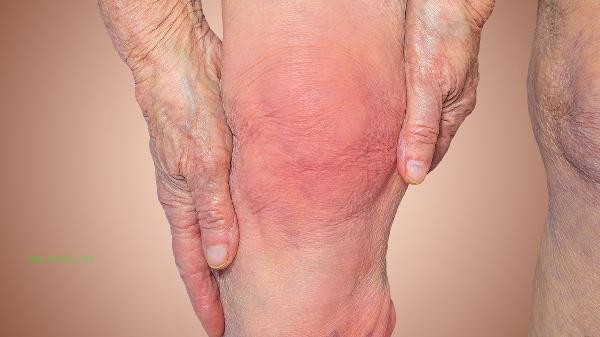
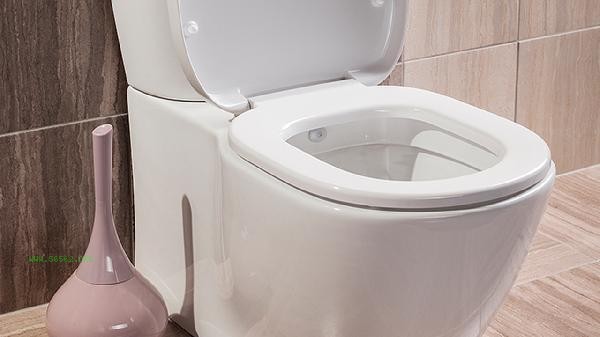
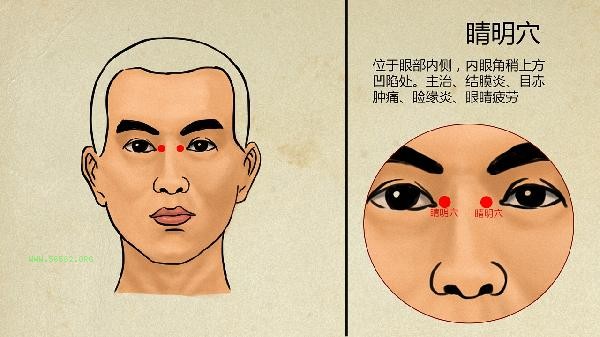
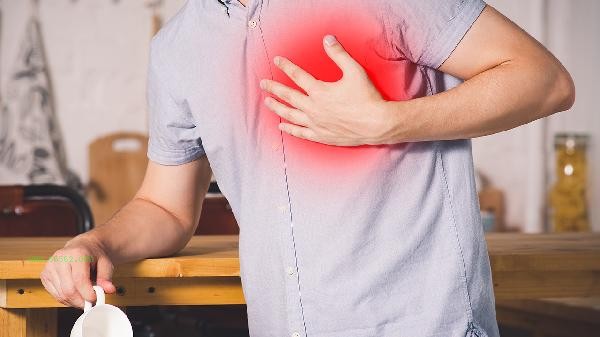
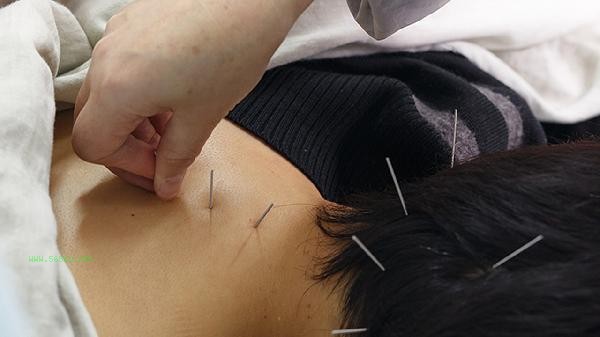


Comments (0)
Leave a Comment
No comments yet
Be the first to share your thoughts!